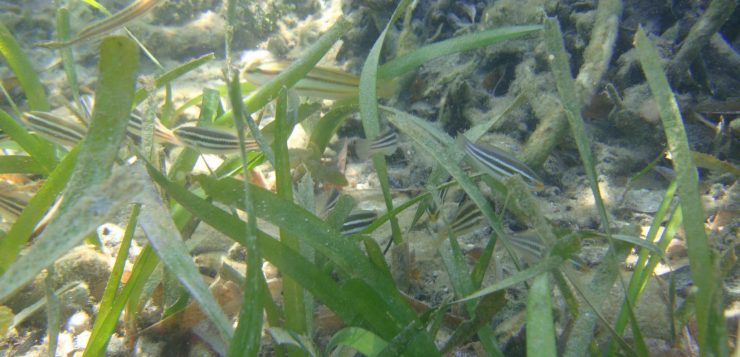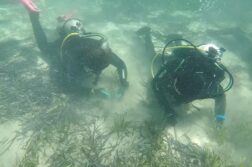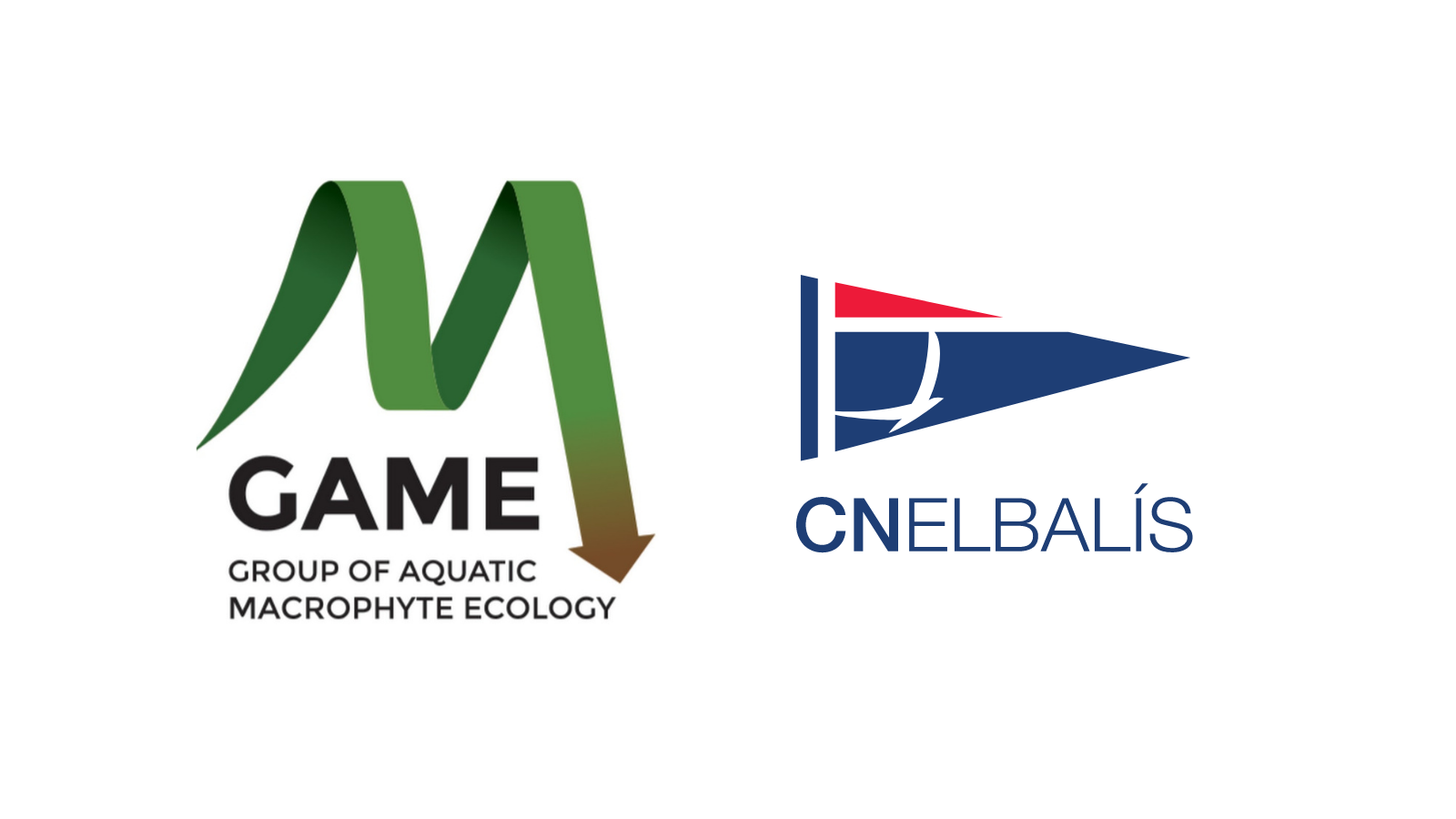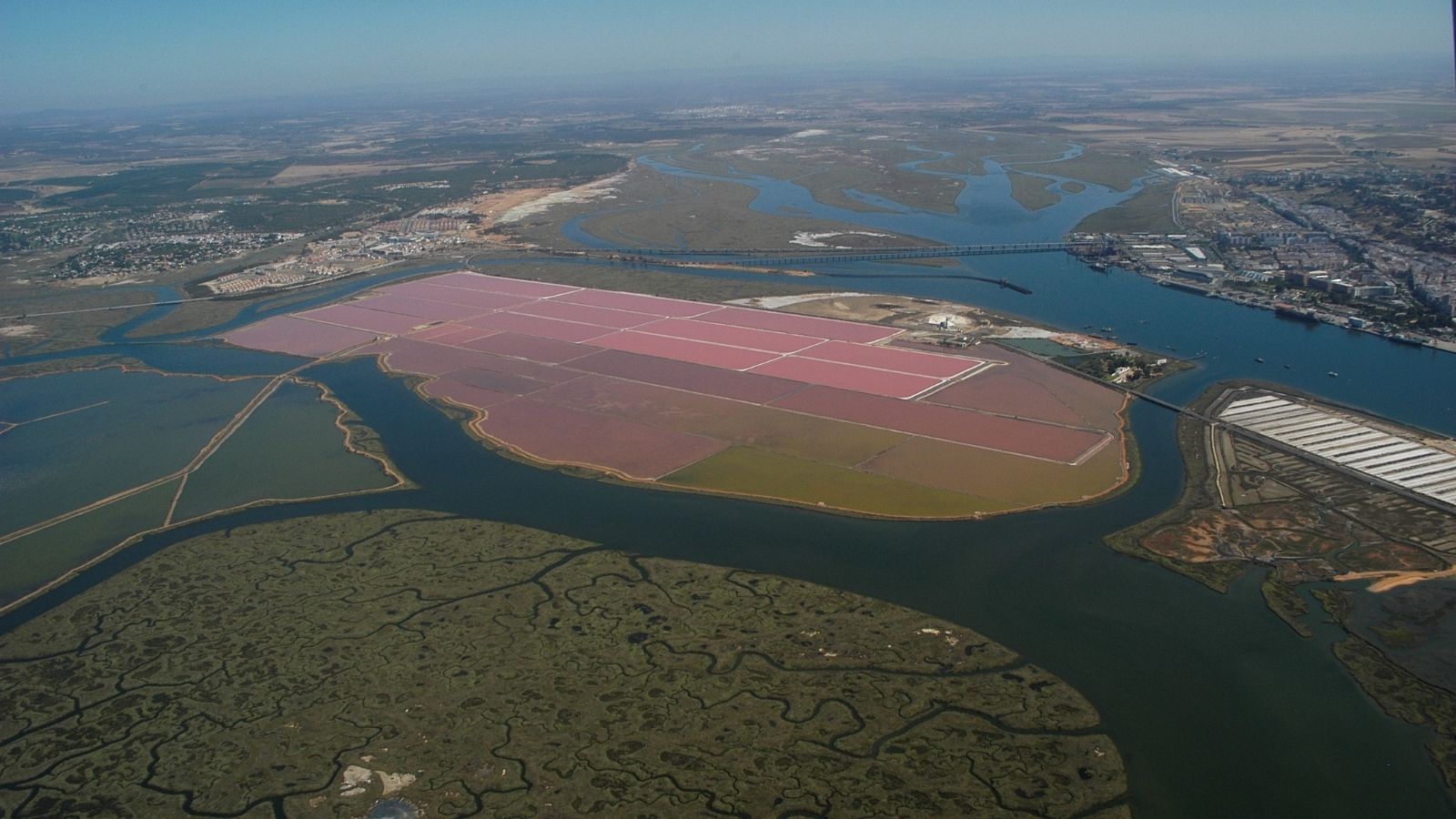-
Seagrasses in Colombia sequester the equivalent of carbon dioxide emissions of 50,000 cars per year.
-
The study provides the basis for establishing conservation and restoration of seagrasses with the aim of reducing greenhouse gases emissions of the country.
A new study indicates that in Colombia seagrasses are large carbon sinks, exceeding the average values of countries in America and other regions of the world. This surprising finding has been possible thanks to the international and multidisciplinary collaboration between the researcher Núria Marba from the Mediterranean Institute for Advanced Studies (IMEDEA, CSIC-UIB), the researcher Oscar Serrano from the Center for Advanced Studies of Blanes (CEAB-CSIC), the professor Pere Masque and PhD student Cristian Salinas from Edith Cowan University (ECU), and the work team of the biodiversity and marine ecosystems program of the Institute for Marine and Coastal Research “José Benito Vives de Andréis” (INVEMAR) of Colombia.
“The great ability of seagrasses to accumulate and maintain carbon in their lands for long periods of time compared to terrestrial forests is known as Blue Carbon. This capacity has also been found in other marine and coastal ecosystems such as mangroves and wetlands,” says Oscar Serrano, a researcher at CEAB-CSIC.
These calculations are derived from the quantification of carbon sequestered by Thalassia testudinum, a marine plant commonly known as turtle grass, which is the most abundant in the Caribbean. The research was carried out in the grasslands of Sant Andreu, La Guajira, Tayrona and around the bay of Cartagena.
“The great capacity to accumulate and store carbon of this species is attributed to the high underground biomass it generates, which can be twice the average of marine plant species worldwide” explains Núria Marba, IMEDEA researcher, CSIC -UIB.
Carbon reserves above the global average
Marine grasslands in the Colombian Caribbean region occupy approximately 661 km2 seizing about 0.3 million tons of CO2 year-1, which is equivalent to ~ 0.4% of annual CO2 emissions from fossil fuels in Colombia.
In fact, the study shows that Colombia has some of the highest carbon reserves per unit area (241 Mg Corg / ha) between the values of the global average (140 Mg Corg / ha) and those of the Posidonia oceanic prairies of the Mediterranean Sea (375 Mg Corg / ha).
“Colombia is in a privileged position to implement Blue Carbon projects: the conservation and restoration of marine plant prairies would bring great benefits to the community, which include economic contributions with carbon credits and improvements in water quality, l ‘stability of the coastline against erosion, and tourism “says Núria Marba, researcher at IMEDEA (CSIC-UIB) and adds” the finding is significant due to the role that marine prairies can play in mitigating the impacts of climate change “.
Seagrasses in Colombia are at imminent risk
Due to coastal development and the large supply of nutrients. In addition, climate change is causing an increase in hurricanes that are becoming catastrophic for marine grasslands in this region.
“Plans to prevent their disappearance and protection are needed to maintain this carbon sequestration, which in turn can bring other benefits to the people of the Colombian Caribbean,” said Diana Gómez of INVEMAR.
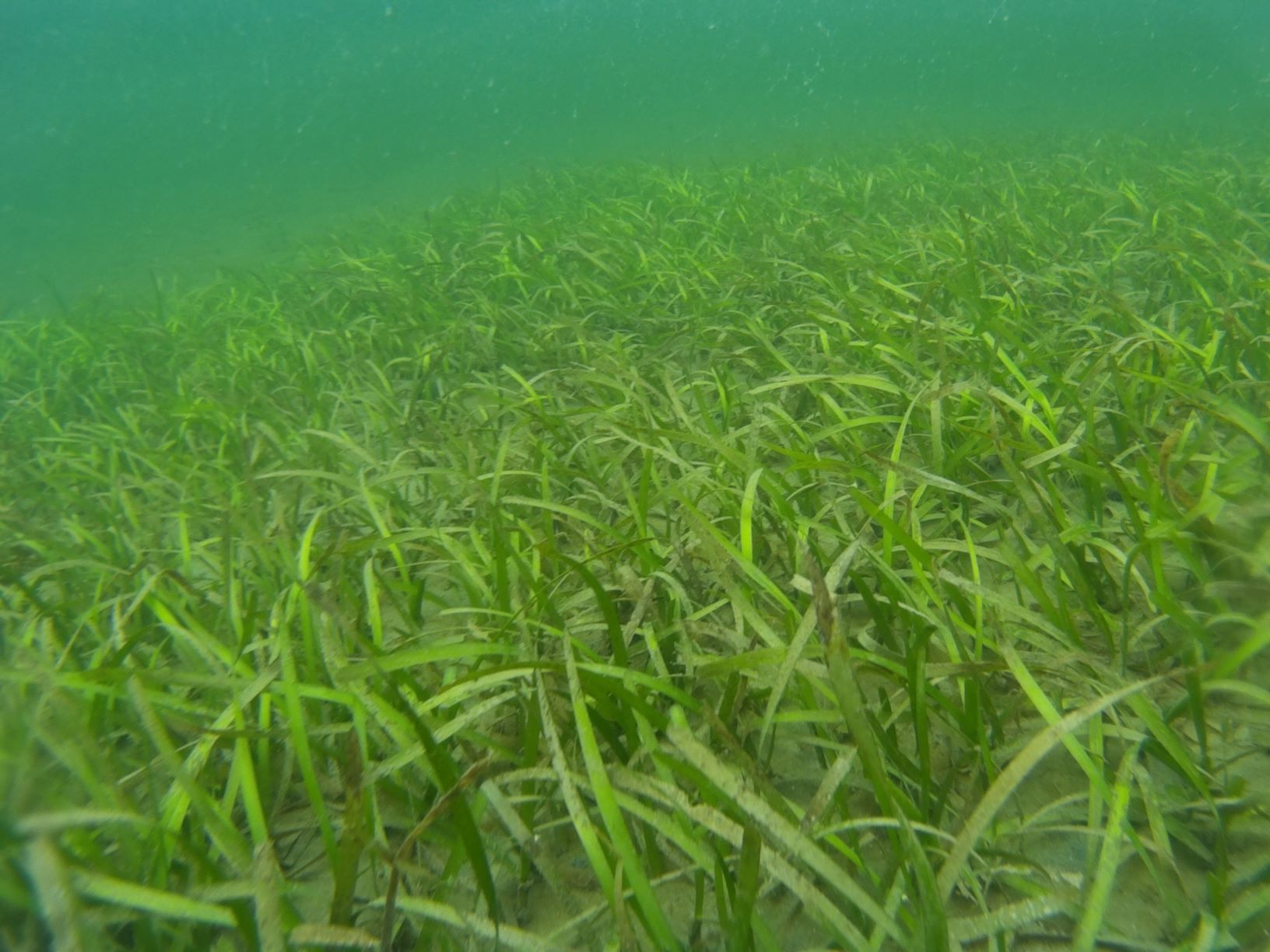
This study adds data from the tropical South Caribbean to the growing global database on the blue carbon of marine prairies, while providing the knowledge base needed to strengthen awareness of the importance of conserving these ecosystems in the context of climate change and implement blue carbon strategies in the marine prairies not only of Colombia but in the Caribbean region.
The study provides the basis for establishing conservation and restoration projects of marine pastures with the aim of reducing the country’s greenhouse gas emissions, and at the same time generate a carbon market to help the coastal communities that suffer most. the effects of climate change.
Funding for this research was provided by the European Union, INVEMAR and the Natura Foundation under the MAPCO project (Mangroves, Marine Pastures and Local Communities: Development and exchange of experiences of the comprehensive management of biodiversity and its services in the Caribbean region) between 2016-2020 and the CSIC’s i-COOP program.
Reference article:
Serrano, O., Gómez-López, D.I., Sánchez-Valencia, L. et al. Seagrass blue carbon stocks and sequestration rates in the Colombian Caribbean. Sci Rep 11, 11067 (2021). https://doi.org/10.1038/s41598-021-90544-5


